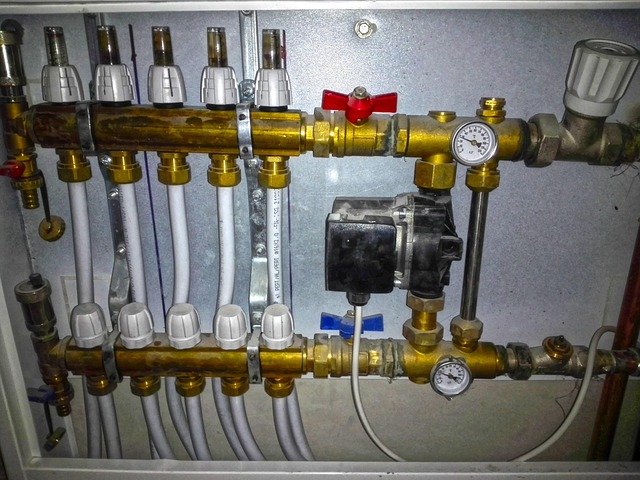
Heat Pump for Decarbonisation Solutions
How to use Heat Pumps for Decarbonisation Solutions, HPs capture heat from air, ground or water which is then passed through a heat exchanger. This is then absorbed by the refrigerant gas, raising the temperature, after which it is moved to a compressor, where pressure is applied to create a higher temperature.
A heat pump is a device that uses electricity to transfer heat from a colder place to a warmer place. Specifically, the heat pump transfers thermal energy using a heat pump and refrigeration cycle, cooling the cool space and warming the warm space. In winter a heat pump can move heat from the cool outdoors to warm a house; the pump may also be designed to move heat from the house to the warmer outdoors in summer. As they transfer heat rather than generating heat, they are more energy-efficient than heating by gas boiler.
A gaseous refrigerant is compressed so its pressure and temperature rise. When operating as a heater in cold weather, the warmed gas flows to a heat exchanger in the indoor space where some of its thermal energy is transferred to that indoor space, causing the gas to condense into a liquid. The liquified refrigerant flows to a heat exchanger in the outdoor space where the pressure falls, the liquid evaporates and the temperature of the gas falls. It is now colder than the temperature of the outdoor space being used as a heat source. It can again take up energy from the heat source, be compressed and repeat the cycle.
Air source heat pumps are the most common models, while other types include ground source heat pumps, water source heat pumps and exhaust air heat pumps. Large-scale heat pumps are also used in district heating systems.
